Deadly Ties By Aaron Ben-Shahar
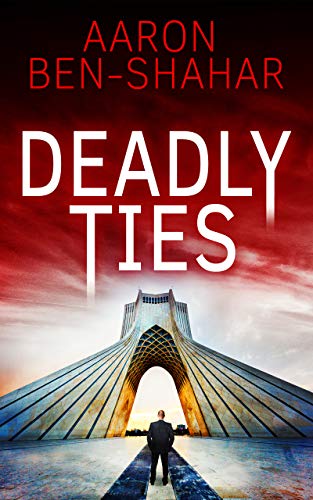 The author of this novel, Aaron Ben-Shahar is an Israeli attorney-at-law who has served in highly sensitive positions in the Israeli Secret Service. When I read his first novel, A Minister in a Box (see review), I could not help but believe that his description of mystery, intrigue, murder, secret agents, etc., must have been based on his own real experiences. Now once again, he has produced another novel which takes the reader behind the scenes of the Mossad, the Israeli highly secret intelligence agency as well as an Iranian comparable secret agency. It has an unbelievable plot, which is actually believable because it rings true.
The author of this novel, Aaron Ben-Shahar is an Israeli attorney-at-law who has served in highly sensitive positions in the Israeli Secret Service. When I read his first novel, A Minister in a Box (see review), I could not help but believe that his description of mystery, intrigue, murder, secret agents, etc., must have been based on his own real experiences. Now once again, he has produced another novel which takes the reader behind the scenes of the Mossad, the Israeli highly secret intelligence agency as well as an Iranian comparable secret agency. It has an unbelievable plot, which is actually believable because it rings true.
The story features Bonnie, a prominent minister in the Israeli government who after the death of his mother finds a letter for him in his mother’s desk. Early in the story, we have learned that his mother had a onetime sexual fling many years ago. Now the letter tells him that the man he always thought was his father was not actually his biological dad. This leads Bonnie on an adventure to find this man who turns out be an equally high placed Iranian minister. Needless to say, this novel, as was the first one, is filled with mystery, intrigue, and twists and turns that will keep you on the edge of your seat. It was hard to put down this book; I highly recommend it.
In addition to the entertaining value of this excellent well-written novel, it also deals with an area, which as a psychiatrist and student of human behavior I have pondered over the years; that is the occasion where a person becomes obsessed with the desire to know the nature of their biological identity when it has previously been unknown or in question.
There have been several movies which have dealt with this subject one way or the other. The names of some these films were( see links to reviews): Philomena, The Kids Are All Right, People Like Us, and Stories We Tell. I have also written about this subject on my blog(see link) Psychiatrytalk.com.
At times in conversation, I have asked an acquaintance what they might do if they received communication from the hospital where they were born was computerizing their records and they found out that the person was actually accidentally “switched at birth.” Would you want to meet your biological parent?
What if the situation were that the hospital was notifying you that a child born to you was accidentally switched at birth? Would you want to meet that long lost child? Suppose you were told that the family with your biological child would like to meet you, would you agree to this meeting? Would you tell your child that they were switched at birth? How would you feel if your child was anxious to meet the biological parent? Different people respond differently to these questions. The urgency of meeting the biological parent varies from person to person. Some people feel it would not make a difference in their life. I actually have known people who have discovered a biological parent unknown to them previously and then become very close to them.
These issues are part of the central theme of this intriguing book. Whether or not you would have the same feelings of the main character, I am sure you will find this an interesting and fascinating book well worth reading.
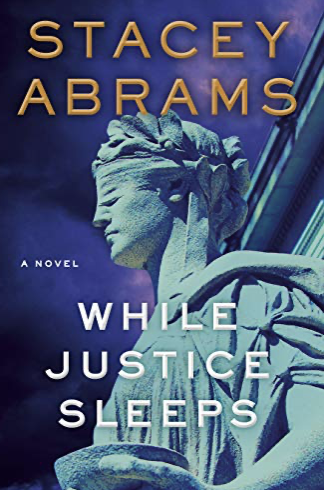 I did not realize that Stacy Abrams, well known former Georgia State Representative who unsuccessfully ran for Governor and has been active nationally in voter rights, is also an accomplished fiction writer. In this novel she immediately drops us into an exciting mystery as we meet Avery Keene. The character’s name itself reminds me of “Mr. Keene- “Tracer of Lost Persons”, one of radio’s longest mystery radio programs. Ms. Keene, in the novel, is a law clerk for a prominent Supreme Court judge who has fallen into a coma and previously unbeknownst to Ms. Keen gave her complete power of attorney for him. There is a murder of the nurse caring for the judge and there are legal questions about a conspiracy that had been brewing at the highest levels of government related to a pending merger of a biotech firm and an Indian Genetics Company. The author obviously has a very keen legal mind and understands the nuances of the legal system, especially the Supreme Court. Therefore, I was not surprised to find out that she is a graduate of Yale Law School. Although the storyline immediately grabbed my attention, at times I found it convoluted and I would not give it the highest recommendation
I did not realize that Stacy Abrams, well known former Georgia State Representative who unsuccessfully ran for Governor and has been active nationally in voter rights, is also an accomplished fiction writer. In this novel she immediately drops us into an exciting mystery as we meet Avery Keene. The character’s name itself reminds me of “Mr. Keene- “Tracer of Lost Persons”, one of radio’s longest mystery radio programs. Ms. Keene, in the novel, is a law clerk for a prominent Supreme Court judge who has fallen into a coma and previously unbeknownst to Ms. Keen gave her complete power of attorney for him. There is a murder of the nurse caring for the judge and there are legal questions about a conspiracy that had been brewing at the highest levels of government related to a pending merger of a biotech firm and an Indian Genetics Company. The author obviously has a very keen legal mind and understands the nuances of the legal system, especially the Supreme Court. Therefore, I was not surprised to find out that she is a graduate of Yale Law School. Although the storyline immediately grabbed my attention, at times I found it convoluted and I would not give it the highest recommendation



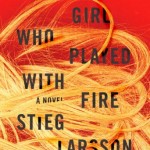
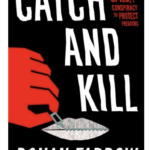

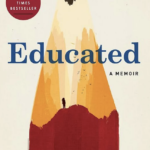
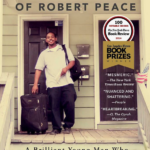

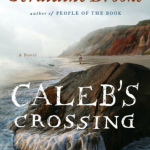



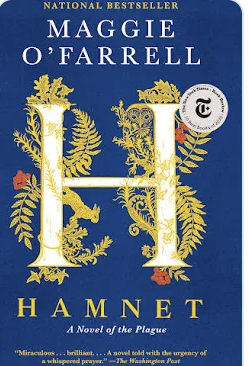 As we live in the time of the COVID-19 pandemic, this novel by Maggie O’Farrell takes us back more than 500 years to England at the time of the Bubonic Plague. No vaccinations here, yet the local town people watch their neighbors and friends come down with the deadly disease. The story hones in on one family with three children, an older sister and two young twins, a boy and a girl. At first, it seemed as if the twin girl had been struck down with the plague, but she is to survive and much to the devastation of his parents, it is the boy who succumbs to the deadly disease. What follows is one of the most powerful descriptions of the grieving process that I have ever read in the many novels which I have come across which deal with death and dying.
As we live in the time of the COVID-19 pandemic, this novel by Maggie O’Farrell takes us back more than 500 years to England at the time of the Bubonic Plague. No vaccinations here, yet the local town people watch their neighbors and friends come down with the deadly disease. The story hones in on one family with three children, an older sister and two young twins, a boy and a girl. At first, it seemed as if the twin girl had been struck down with the plague, but she is to survive and much to the devastation of his parents, it is the boy who succumbs to the deadly disease. What follows is one of the most powerful descriptions of the grieving process that I have ever read in the many novels which I have come across which deal with death and dying.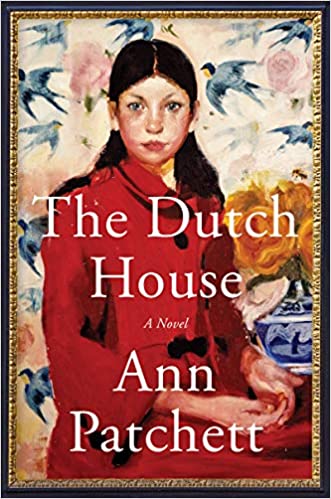 While a good part of the focus of this book is an unusually large luxurious house, it is really about a family and closely related peoople, including some servants, who have been occupants of this house. It is also about a situation where a mother of two young children abandons them by leaving the husband and the children who have no idea what happened to her. It is a story about the relatioship between a sister and brother who once abandoned by their mother found that they could not tolerate the mean unfair treatment by the women who came into their lives as their stepmother along with her two daughters.
While a good part of the focus of this book is an unusually large luxurious house, it is really about a family and closely related peoople, including some servants, who have been occupants of this house. It is also about a situation where a mother of two young children abandons them by leaving the husband and the children who have no idea what happened to her. It is a story about the relatioship between a sister and brother who once abandoned by their mother found that they could not tolerate the mean unfair treatment by the women who came into their lives as their stepmother along with her two daughters. 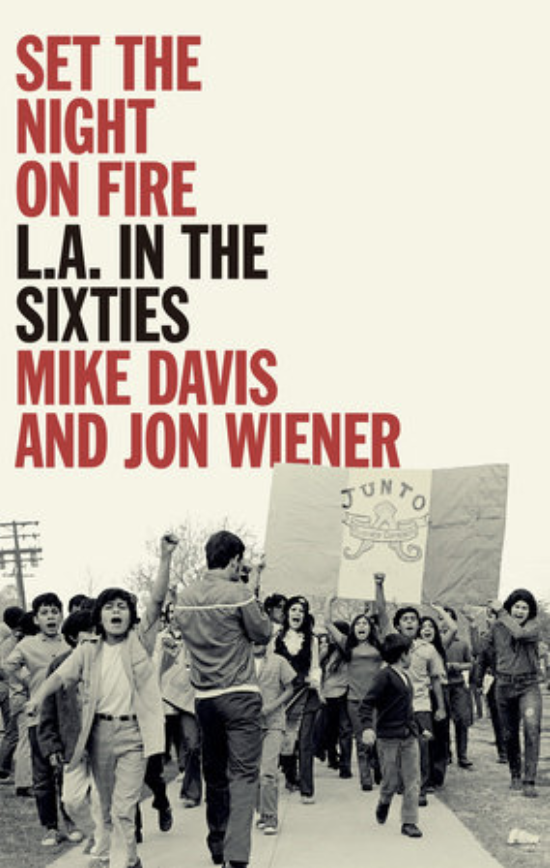 Set The Night On Fire: L.A. In The Sixties by Mike Davis and Jon Wiener
Set The Night On Fire: L.A. In The Sixties by Mike Davis and Jon Wiener The author of this novel, Aaron Ben-Shahar is an Israeli attorney-at-law who has served in highly sensitive positions in the Israeli Secret Service. When I read his first novel,
The author of this novel, Aaron Ben-Shahar is an Israeli attorney-at-law who has served in highly sensitive positions in the Israeli Secret Service. When I read his first novel, 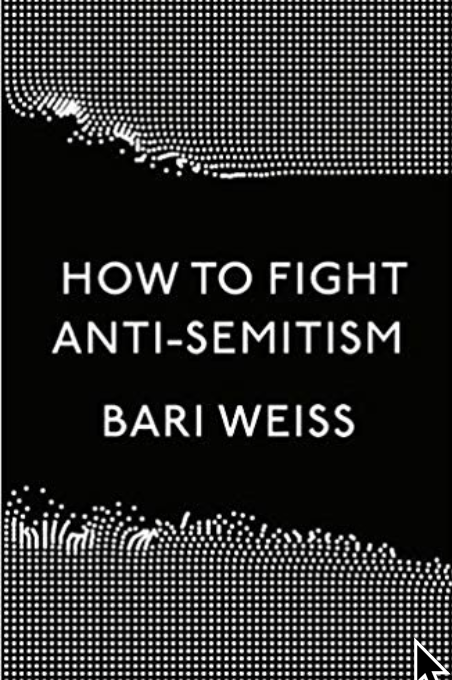 I believe that this book was one of the most important books that I have read in a long time. Certainly, it is true because I am a Jew who has been aware of the historic and contemporary antisemitism. However, I think this book has equal relevance to both Jews and non-Jews who may not have thought about the subject but yet have concerns about some of the serious injustices which continue to exist in our world.
I believe that this book was one of the most important books that I have read in a long time. Certainly, it is true because I am a Jew who has been aware of the historic and contemporary antisemitism. However, I think this book has equal relevance to both Jews and non-Jews who may not have thought about the subject but yet have concerns about some of the serious injustices which continue to exist in our world.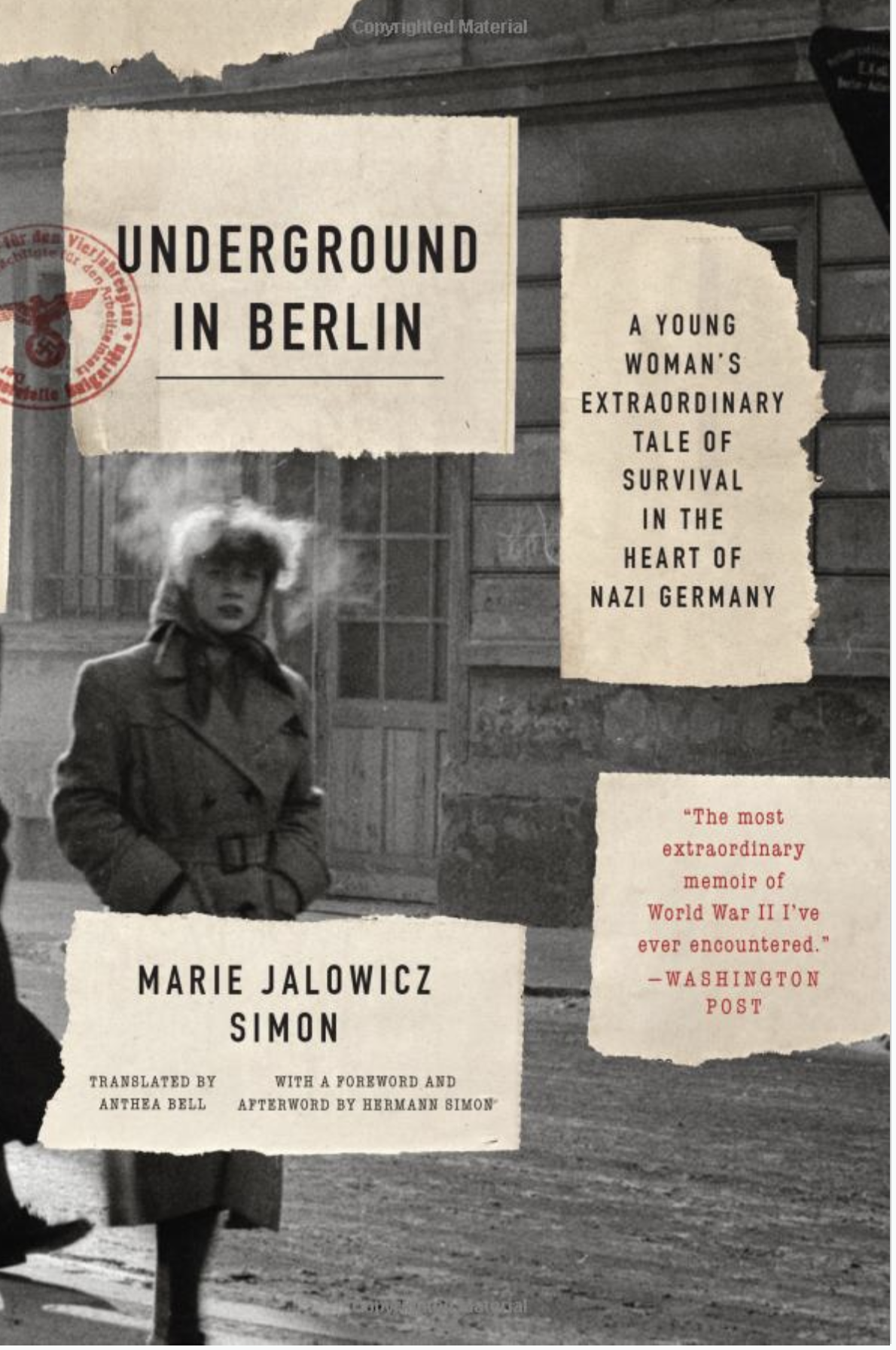
 From Sand and Ash by Amy Harmon
From Sand and Ash by Amy Harmon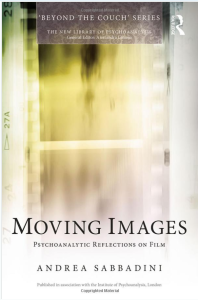
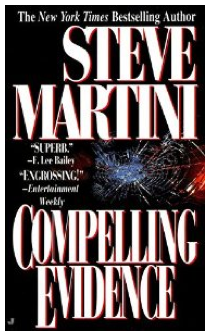 COMPELLING EVIDENCE – by Steve Martini
COMPELLING EVIDENCE – by Steve Martini